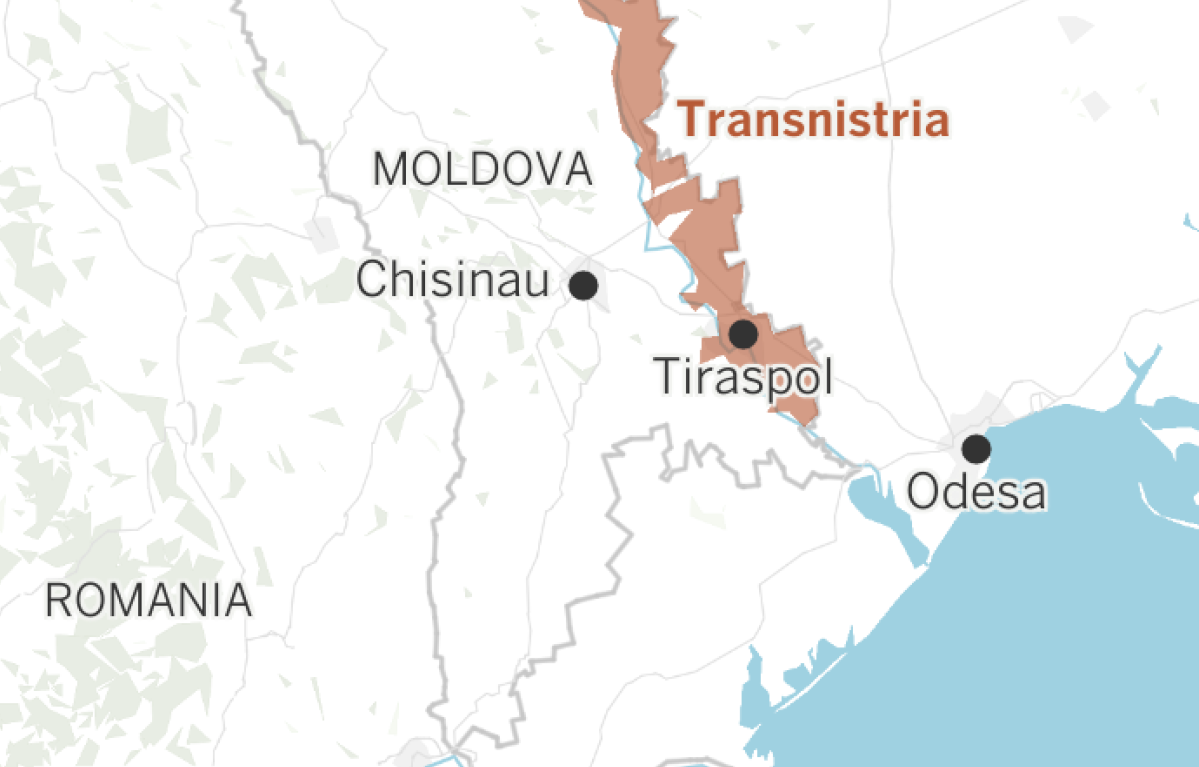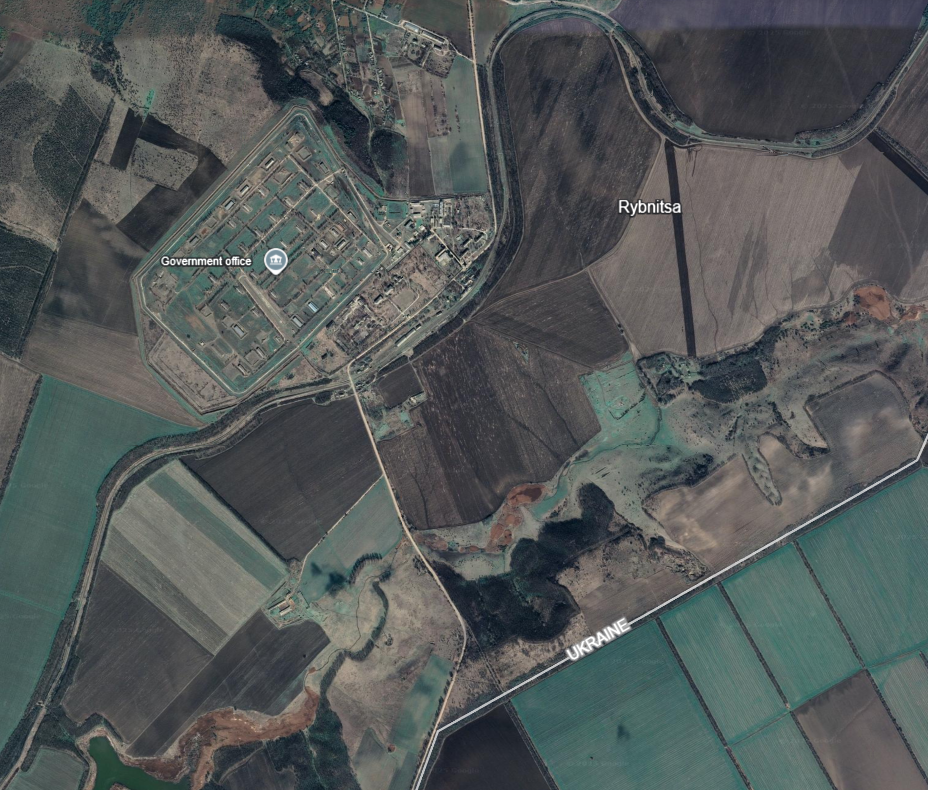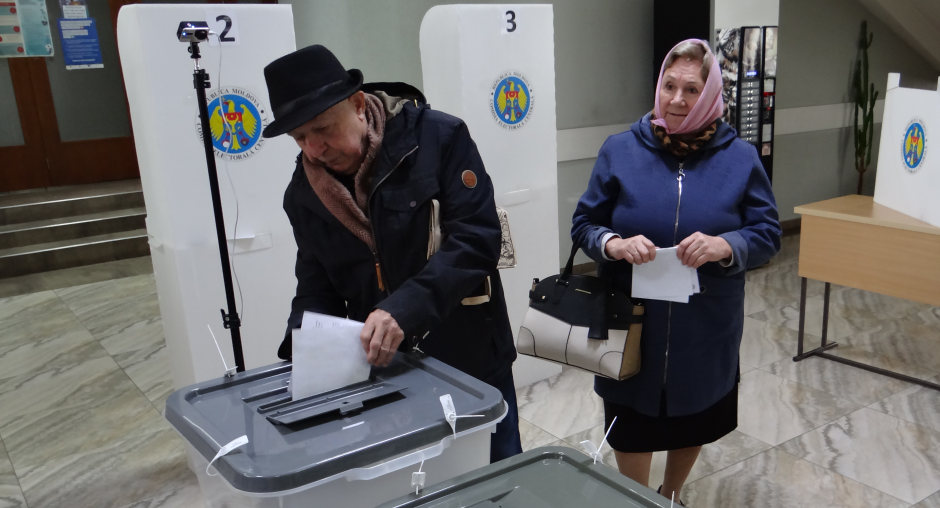
Why Transnistria Still Matters to Russia: Strategic Depth, Leverage and Regional Instability
The breakaway region of Transnistria, officially part of Moldova but effectively controlled by pro-Russian authorities since 1992, remains one of Russia’s most strategically valuable outposts in Eastern Europe. Despite its small size and lack of international recognition, Transnistria offers Moscow a critical foothold west of Ukraine and serves as both a military asset and a geopolitical bargaining chip. As Moldova moves closer to the European Union and prepares for pivotal elections, the region’s future is once again in question, and so is Russia’s grip on the western edge of its former empire.
Transnistria’s roots as a breakaway region trace back to the collapse of the Soviet Union, when rising Moldovan nationalism and a push for reunification with Romania in the late 1980s alarmed the region’s predominantly Russian-speaking population. In 1990, Transnistrian leaders declared independence from Moldova, sparking tensions that escalated into a short but violent war in 1992. With backing from the Russian 14th Army, separatist forces pushed back Moldovan troops, and a ceasefire brokered by Moscow left Transnistria as a de facto state with its own government, military, and borders, but no international recognition. Since then, Russia has maintained a military presence and deep political influence in the region, effectively propping up the enclave as a frozen conflict zone. This has allowed Moscow to exert strategic pressure on Moldova and Ukraine, while preventing full Western integration of either country.

Strategic Military Outpost in NATO’s Backyard
From a military standpoint, Transnistria provides Russia with a rare forward-positioned presence deep in Eastern Europe. Since the 1992 ceasefire, Russia has maintained a military presence in Transnistria, reorganized in 1995 as the Operational Group of Russian Forces (OGRF). Now approximately 1,500 Russian troops are stationed there under the guise of peacekeeping and security for the massive Soviet-era ammunition depot at Cobasna. In any confrontation with NATO or escalation in Ukraine these forces could disrupt supply lines, threaten Moldova’s stability, or pressure Ukraine’s southern flank near Odesa.

Despite being cut off from direct land access due to the Ukrainian war, the mere potential of Russian coordination with Transnistrian forces remains a lingering threat. For Russia, Transnistria is a protruding pressure point west of Ukraine and inside Moldova, augmenting Moscow’s ability to destabilize both states.
A Geopolitical Lever Against Moldova and Ukraine
Transnistria also plays a key role in Moscow’s “frozen conflict” model, which impedes EU and NATO integration efforts by maintaining unresolved territorial disputes, as seen with Abkhazia, South Ossetia, and Donbas.
For Ukraine, Transnistria represents a potential rear-front threat. Though not active in the ongoing war, the region’s location could theoretically be used for sabotage, misinformation campaigns, or indirect pressure on Ukraine’s southwestern defenses. Ukraine has responded by cutting off transit routes and working with Moldova to economically isolate the enclave, but its unresolved status remains a strategic distraction.
Soft Power, Identity Politics, and Russian Influence
Transnistria is deeply embedded in Russia’s soft power network. The population is largely Russian-speaking and many hold Russian passports. Russian media dominates the information space, and Transnistria’s government, essentially a client regime, relies on Russian subsidies for survival. Through this influence, Russia ensures a loyal proxy presence in the region that can be activated politically or militarily when needed.
This plays directly into Moscow’s identity-based narrative of protecting Russian-speaking populations abroad, a justification it has used in Ukraine, Georgia, and beyond. In Transnistria, the narrative is sustained through economic dependency, political alignment, and cultural messaging.
Moldova’s Elections: A Pivotal Moment
The stakes are growing as Moldova prepares for crucial elections on 28 September. The current pro-European government, led by President Maia Sandu, has prioritized EU integration, energy independence from Russia, and tighter control over the Transnistrian situation. However, Russia is likely to intensify its influence operations, including disinformation, economic pressure, and support for pro-Russian political actors to sway the outcome. Moldova’s Prime Minister Dorin Recean states Russia spent the equivalent of ~1% of Moldova’s GDP on influence campaigns in 2024 and is seeking to pave the way for deploying up to 10,000 troops in Transnistria via electoral manipulation.

A shift in Moldova’s leadership back toward a more neutral or Russia-leaning stance could reinvigorate Moscow’s position in Transnistria and undermine ongoing Western alignment. The election thus represents a critical inflection point: one that could either entrench Russian influence or accelerate its erosion in a strategically sensitive borderland.
As Russia’s broader war in Ukraine grinds on, Transnistria has become less active but no less important. It remains a key node in Moscow’s efforts to project influence westward, complicate NATO and EU enlargement, and manipulate the political trajectories of its former Soviet neighbors. With Moldova’s elections looming and the regional security landscape shifting, Transnistria’s strategic role may soon come back into sharper focus not as a forgotten conflict, but as a piece of unfinished business in Russia’s imperial calculus.